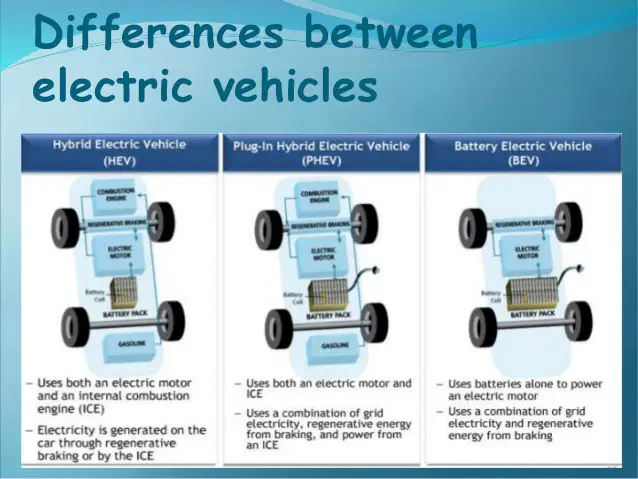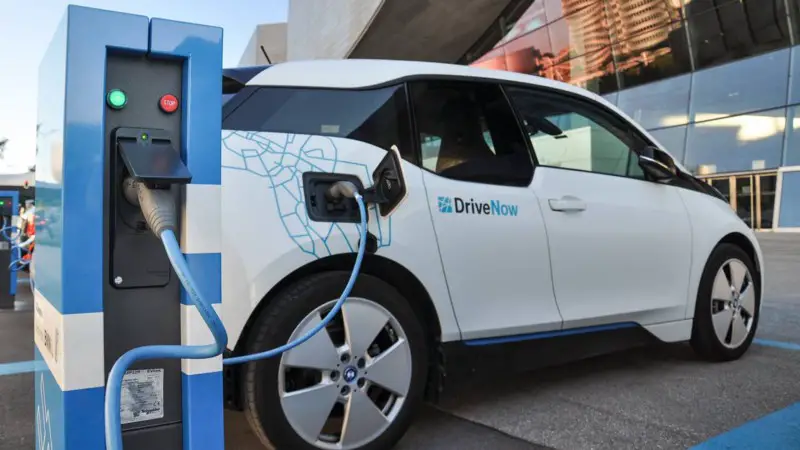Things To Know About EVs Before Buying One.
Electric cars are the future of transportation. Government bodies around the world are changing their regulations to support the adoption…


Electric cars are the future of transportation. Government bodies around the world are changing their regulations to support the adoption of low emission vehicles. These cars are older than you realize; they were licenced even before the combustion engine cars but not so many people accepted them hence they were not successful to the market.
Here are some few things you need to know before buying any EV:
How Do They Work?
An EV uses on-board batteries instead of a fuel tank. These batteries are charged with electricity which is stored and used as the energy to power the electric motor. The motor power-ups the drivetrain without exhaust or gearbox. These qualities make electric vehicles quiet, smooth and environmentally friendly.
When the battery is fully charged, it can cover more than 400 km before running out. Yes, gasoline can get you far, but the electric car can suffice your daily needs. According to a recent survey, 94% of car journeys are within 25 miles while 56% of them are less than five miles.
Different Types of Electric Cars

There are three types of electric vehicles:
Battery: (BEV)
These run on electricity alone; most brands have introduced their variation of a battery electric vehicle. They produce zero emissions and typically cost less to operate than a gas-powered vehicle. They tend to be peppy performers since an electric motor delivers 100 percent of its available torque instantly. But an BEV’s operating range is limited and it must be kept charged via an electric outlet at home or a public EV charging station to keep running. Once the battery is drained the car will stop running. That precludes their use for long-distance road trips unless one plans a route specifically around where public chargers are located. Most EVs can run from between 100 and 125 miles with a fully charged battery pack, which is sufficient for the average commute.
The Tesla Model S is the winner in this regard with a maximum estimated 335 miles on a charge. Meanwhile, the tiny two-seat Smart ForTwo Electric Drive is rated at a far shorter 59 miles. And be aware that a number of factors can adversely affect an BEV’s range, including driving at higher speeds, operating in cold weather, and running accessories like the heater or air conditioning.
BEVs are more expensive than either comparable hybrids or PHEVs. As an example, the Ford Focus Electric is priced over $11,000 higher than the base gas-powered version. The Tesla Model S starts at nearly $76,000 and runs to more than $136,000, and that’s without options.
BEVs are cheaper to maintain than a given gas-powered ride because they eliminate over two-dozen mechanical components that would normally require periodic service. These include oil changes, cooling system flushes, transmission servicing and replacing the air filter, spark plugs and drive belts.
Examples include the Tesla models, Nissan Leaf,BMW i3 among others.
2.Conventional Hybrid: (HEV)
These cars can run on both gasoline and electricity. They have a primary gasoline engine with a second electric engine. The driver can use the battery for a while before switching to gasoline. These batteries are recharged with vehicle brakes; there is no plug-in socket. Such cars include Toyota Prius.
Hybrid-powered vehicles use a conventional gasoline engine as the primary source of power. The gas engine is augmented to some degree by an electric motor. The motor is powered by a self-charging battery pack that recovers power from braking and deceleration. Depending on the model, the electric motor may just give the gas engine a boost when needed, or may be able to power the vehicle on its own for a few miles at a time.
Fuel savings run from modest to pronounced, depending on the model. The leaders in this regard are the Hyundai Ioniq at 57/59 mpg (city/highway) and the Toyota Prius at 58/53 mpg.
The downside is that a hybrid is typically priced higher than a comparable conventional model, and an owner may not be able to recover the added cost over a normal ownership cycle in gas savings.
3.Plug-in Hybrids: (PHEV)
Also called a PHEV (it stands for Plug-in Hybrid Electric Vehicle), a plug-in hybrid uses a larger battery that enables all-electric operation at longer distances than a standard hybrid. As the name implies, however, the battery needs to be tethered to a wall socket at night to reach a full charge. Once the battery is depleted to a certain level a PHEV operates like a conventional hybrid, with the electric motor assisting the gasoline engine. The Chevrolet Volt and the range extending version of the BMW i3 take a different twist on the technology. Both are primarily powered by an electric motor, but each includes a small gasoline engine that operates a generator to run the motor after the battery becomes depleted.
These also feature petrol and electric motors but can be plugged into a wall socket to be charged. The battery can cover a short distance.Unlike a full electric car, PHEV owners never have to worry about being stranded at the side of the road with a dead battery. A PHEV’s ultimate driving distance is limited only by the amount of gas in the tank.
A PHEV’s electric operating range and energy consumption vary considerably by model. For example, the PHEV version of the Mini Countryman is rated to run for the first 12 miles solely on battery power. Meanwhile, the Toyota Prius Prime PHEV can run for 25 miles strictly on electricity, and the Chevrolet Volt is rated at 53 miles on a charge.
PHEVs are pricier than standard hybrids.
Charging EV

These cars charge more or less like our cell phones using electricity. You can use a wall socket or a dedicated charging point. Just plug the car in and leave it to charge.
The speed of charging depends on your car and your current power supply. Currently, there are three charging speeds, slow which can take up to 5 hours, fast which can take an hour or two, and rapid charging which charges your vehicle within the hour.
The advantages of electric cars
If you are interested in buying an electric car, but can’t make up your mind, let us help you. These cars are inexpensive and can help you save money on fuel. But that’s not their strongest selling point. Electric cars are environmentally friendly. They emit zero carbon dioxide and cut down your carbon footprint.
Instantaneous power and simplicity of packaging are easily the biggest advantages of going electric — in addition to having the potential to be more environmentally friendly if they are recharged via renewable energy.
Meanwhile with an ICE, it takes six gears, six cylinders and two turbos in a two-seat Nissan GT-R coupe to match a Tesla, while slurping 11.7 litres of premium unleaded per 100 kilometres — and no matter what, you’re pumping at least 26.9kg of carbon dioxide (CO2) into the atmosphere over that distance.
The big issue for EVs are their batteries. Trains can power along on electricity due to overhead wires providing the supply, but vehicles must independently move like one-tonne-plus smartphones. Battery packs are made up of cells, and currently their energy density is not a jot on unleaded petrol, so many must be used and that adds weight — for a 200 km to 400 km range these days, batteries alone can add a half-tonne to a vehicle’s kerb weight.
Consider it a cruel diminishing of returns, too: the heavier the battery, the more drain the electric motor must place on it to overcome mass, thus depleting energy more quickly.
These cars are efficient, as 90% of the energy produced is used in motion. Remember, gasoline engines only use 30% of energy as motion. Most of it is lost as heat or noise.
The Future is electric
The fluctuating fuel prices causes many people not to use their cars for commuting to work on a daily basis therefore switching to Electric will ease the problem. There is need to develop infrastructure and improve charging speed as well as battery range to reduce the range fever because the future is electric.




